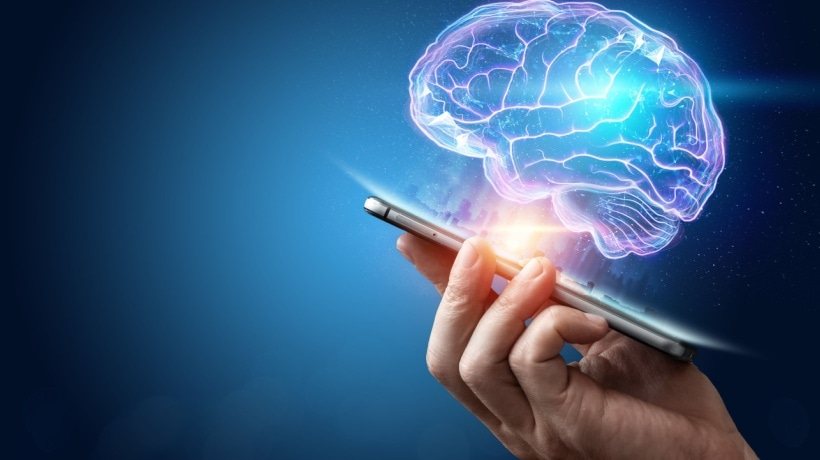The Technologies And Process Behind Microlearning
Also, modern microlearning doesn’t just involve learning using small chunks of information, but a learning strategy that uses a number of contemporary technologies as well as a sturdy development process to efficiently deliver content to learners in a manner that makes it easier to absorb, retain and apply the learned information. In this article, let us have a look at the technologies being used in developing microlearning as well as the development process being used these days.
The Technology
1. Mobile Access
Of course, when it comes to microlearning, it is a given that it will be developed in a mobile-first format. The small pieces of content delivered to learners, which are a hallmark of microlearning, are best suited to be consumed on a smartphone, which allows learners to access them anywhere and anytime. As microlearning bits are not more than 5 minutes long, learners don’t even need to take time from their busy daily schedules to access them and can easily squeeze in at least two or three of them during their commute to and from work, during breaks, or when they return home from work.
2. AR/VR
Augmented Reality and Virtual Reality are increasingly being used in a microlearning format to provide learners with short, immersive learning experiences. Although AR/VR is still an expensive technology used only by large, reputed organizations, the technology is being adopted really fast and is predicted to be commonplace in employee training within the next decade.
3. Video-Based Learning
As microlearning bits are not more than 5 minutes long, they require a content format that can provide maximum engagement in the shortest time. Videos are the perfect content format for that. It stimulates both the visual and aural faculties, is processed faster than text by our brains, and most of all is the most popular content format in modern times. Videos are also easy to create and can explain the application of knowledge or skills in a step-by-step manner. This is why videos are also the most popular type of microlearning content as well.
The Development Process
1. Identify Target Audience
It all starts with the designers and developers knowing who they’re designing the microlearning for. This will help them decide what engagement strategies as well as the content format to use in the microlearning.
2. Curate Microlearning Content
A lot of organizations are under the false impression that microlearning is just “shortened” eLearning. Nothing could be further from the truth. Microlearning content is different from other digital learning content in its very nature and requires content that can engage learners, involve them in the content while helping them learn and fill their knowledge gaps, all in a short duration. Keep this in mind when curating content for microlearning development.
3. Focus On A Single Learning Objective For Each Bit
Microlearning is so powerful precisely because it is a concentrated form of learning, which deals with only teaching the learner how to perform a specific task or skill. Thus, once the target audience has been identified, start creating each microlearning bit while focusing on only that particular task or skill and nothing else, providing laser-focused learning.
4. Identify The Content Format To Use
Microlearning can use content such as infographics, interactive PDFs, eBooks, videos, animations, gamified scenarios, and simulations among others, which, as mentioned before, depends on the target audience. The designer or developer must know which format can be used to drive the learning and knowledge in the microlearning into the minds of the learners better.
5. Add Links And Support Resources
Although microlearning is not supposed to take more than 5 minutes to consume in order to lessen the cognitive load, there are certain advanced learners that want an in-depth study on the content present in the "bit." For such learners, always provide links as well as other supporting resources within the microlearning bit itself for them to access and sharpen their skills even more, on their own time.
Being well-informed about microlearning is the only way to ensure that you create flawless microlearning bits for your learners. Because although it isn’t exactly rocket science, it still is a learning strategy that requires, research, planning, creativity, and design-capability to properly execute.










